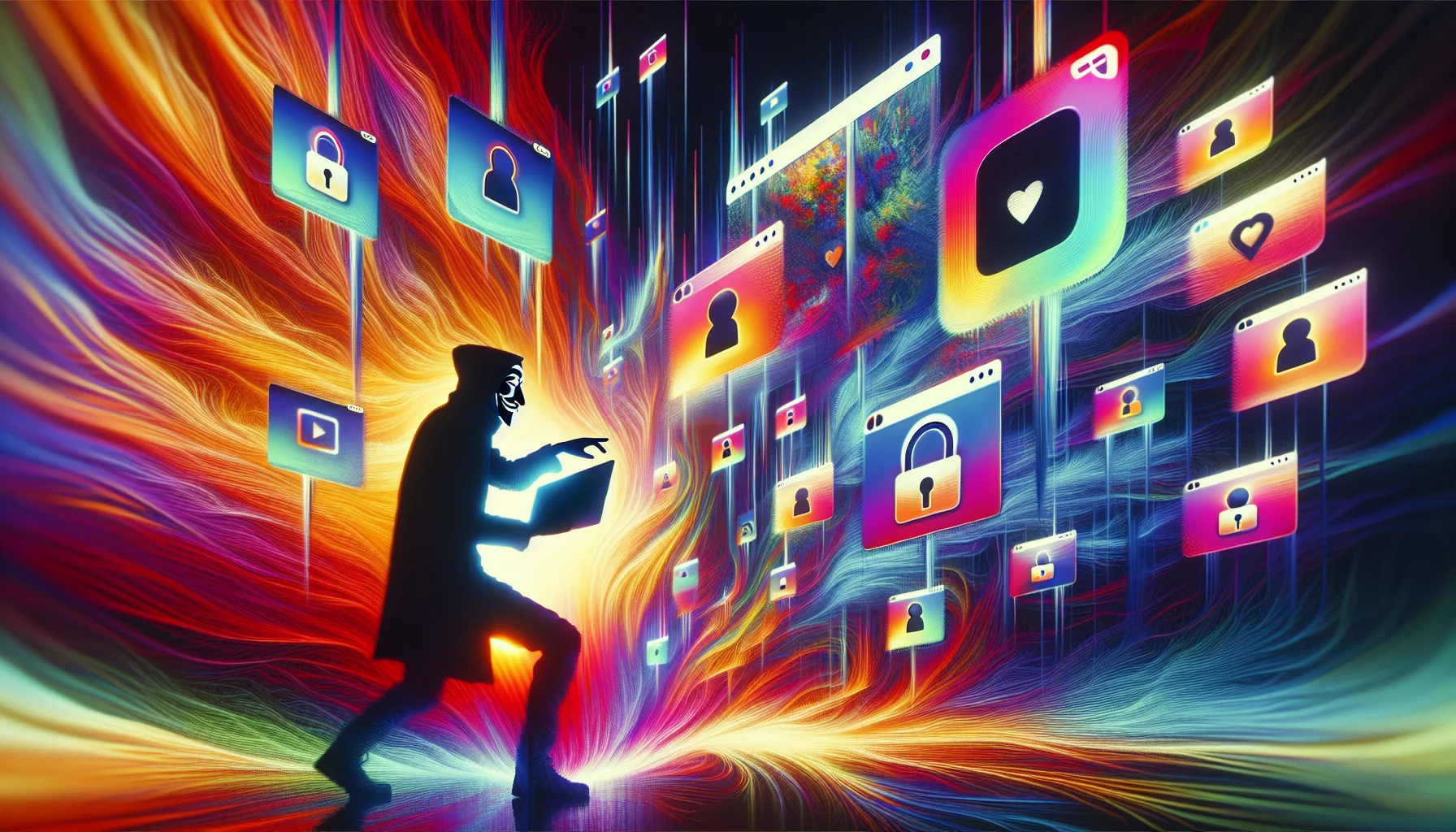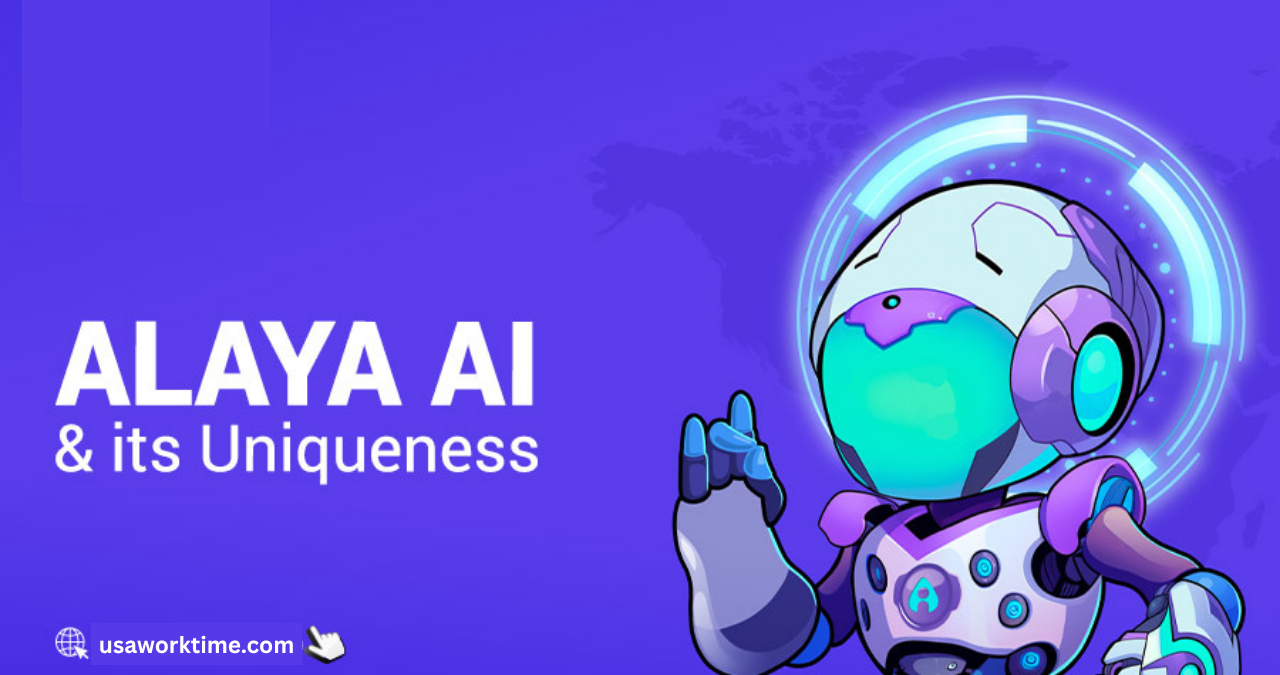Introduction
In the ever-evolving landscape of the Iganiny, where new trends appear and disappear almost daily, few terms manage to captivate collective curiosity as effectively as “iganiny.” Seemingly cryptic yet oddly familiar, this term has recently surfaced across various corners of the web, sparking interest among casual browsers, digital sleuths, and meme enthusiasts alike. But what exactly is “iganiny”? Where did it come from, and why is it suddenly part of online conversations?
Understanding obscure digital terms is no longer a niche interest. As the boundaries between real life and digital existence blur, knowing what’s circulating online becomes vital not only for staying informed but also for navigating social media platforms and internet culture with confidence. “Iganiny” is not just a strange word—it’s a reflection of a broader phenomenon: the way language morphs in digital spaces, often without logic or precedent.
This article aims to dissect the enigma surrounding “iganiny,” diving deep into its possible meanings, origins, cultural relevance, and what its rise says about internet users today. Whether you’re trying to satisfy a burst of curiosity or you’ve stumbled upon the term in your online travels, this guide will illuminate the intriguing world behind this trending mystery.
Origins and Etymology of the Term “Iganiny”
The term “iganiny” doesn’t have a clear, verifiable origin, which only adds to its mystique. Unlike established internet slang that often stems from subcultures or viral events, “iganiny” appears to have surfaced without a traceable point of entry. Some speculate that it could be a distorted username, while others believe it might be a random string generated by an algorithm or even a linguistic anomaly. Its uniqueness lies in its phonetic resemblance to real words while being entirely fabricated.
Linguists and internet linguaphiles have proposed several theories regarding the etymology of “iganiny.” One possibility is that it mimics the rhythmic structure of African or Polynesian names, creating a sense of cultural authenticity despite its fictional roots. Alternatively, some suggest it may be a portmanteau—combining fragments of other existing names or words, possibly as a form of code or artistic identity.
This ambiguity plays a crucial role in how terms like “iganiny” evolve. When no one owns or defines a word, it becomes a linguistic Rorschach test—open to interpretation, reinvention, and memetic mutation. In a world dominated by fast-paced content sharing, this vagueness is not a bug but a feature. It invites users to inject their own meanings, spawning endless digital folklore.
Where is “Iganiny” Being Used?
While its exact point of origin remains murky, “iganiny” has cropped up on several social platforms and digital communities. Reddit threads mention it sporadically, often in meme-heavy subs or fringe discussions. On TikTok, a handful of videos include the tag #iganiny, usually in absurdist or humorous contexts. Discord servers, especially those centered around alternate reality games (ARGs) and deep lore exploration, have also begun referencing the term, adding layers of speculation about its use.
What makes “iganiny” particularly fascinating is its adaptability. It can be a username, a tag, a cryptic message, or part of a joke that only insiders understand. This multifunctional nature is common among terms that gain traction through community use rather than formal definition. It might be employed as a humorous label for a pet project, a gaming alias, or even a red herring in internet scavenger hunts.
Furthermore, the term has made appearances on niche forums and comment sections discussing conspiracies, digital art, and internet puzzles. These are breeding grounds for viral obscurities, where users thrive on inventing and decoding digital myths. In these spaces, “iganiny” becomes a kind of shared secret—an easter egg of the web that binds its users through mutual curiosity.
Is “Iganiny” a Person, Alias, or Digital Persona?
One of the most debated questions surrounding “iganiny” is whether it represents a real person or is merely a digital construct. Several usernames and handles across platforms like Twitter, YouTube, and Instagram bear the name or a close variation. However, most of these accounts are either inactive or enigmatic in their posting behavior, which only deepens the mystery.
Some digital investigators propose that “iganiny” is a constructed identity—an alternate persona used by a content creator to test viral theories or push creative boundaries. This theory aligns with previous cases where users created fake accounts or characters that eventually took on a life of their own, such as “Horse_ebooks” or the fictional character “Ava” from various AI art projects.
Others argue that “iganiny” may be part of an elaborate online performance or ARG. These interactive storytelling experiences often rely on fake identities and fragmented clues to engage participants. The vagueness of “iganiny” fits the criteria of a puzzle piece meant to trigger curiosity and drive engagement.
Whether it’s a person, an art piece, or a social experiment, “iganiny” illustrates how digital personas can be both anonymous and influential. Its presence challenges the idea of identity on the internet, where names no longer need to be real to have meaning or impact.
Theories, Interpretations, and Symbolic Meanings

The interpretation of “iganiny” varies wildly depending on the platform and community. In some circles, it’s regarded as a joke term—something akin to “blorbo” or “smongus”—coined for the sake of absurdity. This type of language play is common in internet culture, where meaningless terms are deliberately used to create inside jokes or simulate importance.
Other communities attribute deeper, more symbolic meanings to the term. For instance, in certain Discord threads, users speculate that “iganiny” could be an acronym, a passcode, or even a keyword to unlock hidden content. This has led to theories about it being part of a larger digital game or a decentralized narrative akin to online ARGs.
More philosophically, some interpret “iganiny” as a symbol of the internet’s chaotic creativity. In a world driven by algorithms, bots, and endless content cycles, a term like “iganiny” emerges organically and becomes meaningful precisely because of its ambiguity. It’s a placeholder for the unexplainable, a stand-in for the strange phenomena we encounter online that defy categorization.
Whatever its true nature, the term reflects the human tendency to seek meaning even in the nonsensical. That act of collective interpretation—users creating meaning where there is none—is a hallmark of modern digital communication.
Internet Virality and Meme Culture Connection
The sudden popularity of “iganiny” highlights how quickly a term can go viral with little to no context. Unlike traditional content that goes viral through planned campaigns, terms like “iganiny” spread organically. A meme here, a cryptic comment there, and soon enough the word takes on a life of its own.
Meme culture thrives on absurdity and novelty, and “iganiny” fits both criteria. Its mysterious tone and odd phonetics make it ideal for ironic memes, reaction images, and deep-cut jokes. By resisting a clear definition, it invites participation, remixing, and reinterpretation—key factors in meme propagation.
Additionally, internet virality today is often algorithm-driven. A term that appears repeatedly, even in nonsensical contexts, can be pushed by platforms to a wider audience. This snowball effect turns what may have started as a throwaway post into a trending keyword.
“Iganiny” is a case study in how language evolves on the internet, driven not by necessity but by communal engagement and creativity. It’s a meme, a mystery, and a mirror of digital behavior.
Is “Iganiny” a Scam, Hoax, or Hidden Code?
With any viral term, especially one as ambiguous as “iganiny,” it’s essential to approach with caution. Some users have reported seeing the word linked to strange URLs or fake accounts. While there’s no concrete evidence that “iganiny” is directly tied to scams, it serves as a reminder to stay vigilant when clicking on unfamiliar links or engaging with unknown online entities.
Cybercriminals often exploit viral trends to distribute malware or launch phishing schemes. If you encounter the term in suspicious contexts—particularly if it’s connected to downloadable files, password requests, or requests for personal information—it’s best to err on the side of caution.
That said, most uses of “iganiny” appear to be innocent, driven more by curiosity and digital exploration than by malicious intent. Still, as with any internet phenomenon, context matters. Knowing how and where you engage with such terms can help protect your data and ensure your experience remains safe.
Conclusion
“Iganiny” may never have a singular, definitive meaning—and that’s precisely what makes it fascinating. In a digital era defined by fluid identities and collaborative creativity, terms like this serve as cultural touchstones. They represent the internet’s power to create, mutate, and spread language without boundaries or logic.
From Reddit threads to TikTok hashtags, from username theories to ARG discussions, “iganiny” is a blank canvas painted by the collective curiosity of the internet. It’s a term that reflects not just the words we use but the way we think, joke, and explore together in a boundless digital playground.
FAQs About Iganiny
Is “iganiny” a real person or just an internet handle?
There is no confirmed identity behind “iganiny,” and it may be a fictional or community-created persona.
Why is “iganiny” suddenly trending online?
Its virality stems from its mysterious nature and community-driven sharing across platforms.
Could “iganiny” be a scam or malicious link?
While no major scams are linked to it, users should always verify sources before clicking on unknown links.
What platforms mention or reference “iganiny” the most?
Reddit, Discord, and TikTok seem to have the highest activity surrounding the term.
Are there any official definitions or meanings for “iganiny”?
No official definitions exist, making it a prime example of emergent internet language.
You May Also Read: https://usaworktime.com/8tshare6a-software/










